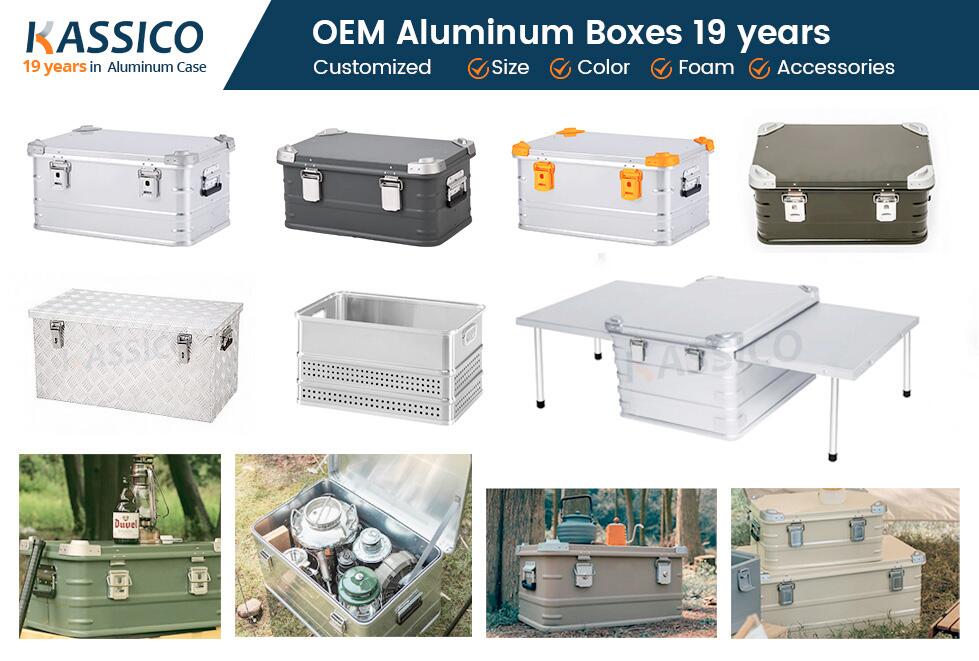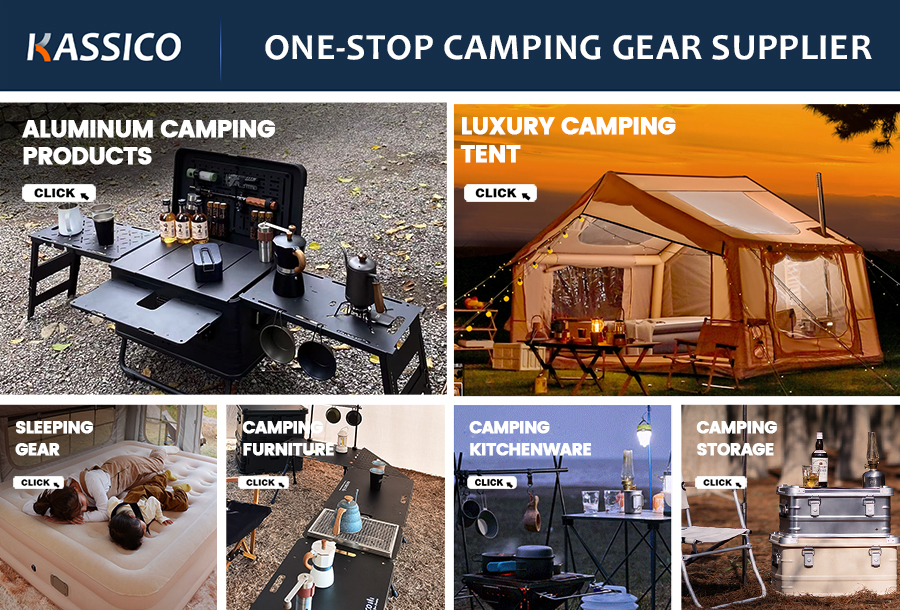When heading into the great outdoors, one of the most satisfying experiences is cooking your own meals under the open sky. To make that experience efficient and enjoyable, choosing the right camping stove and cookware is essential. This guide walks you through the key considerations to ensure you make smart, practical choices.
The type of stove and cookware you need depends heavily on how and where you camp:
Backpacking: Prioritize compact, lightweight stoves and nesting cookware. Every ounce counts.
Car Camping or Glamping: Weight is less of an issue, so you can opt for larger stoves with multiple burners and full-size pots and pans.
Group Camping: Choose gear with a larger capacity and better durability to accommodate more people and heavier use.
There are several stove categories suited to different needs:
Use pre-pressurized fuel canisters (butane/propane blends).
Easy to use, lightweight, and ideal for solo or duo trips.
Best for: Backpacking and short camping trips.
Run on white gas or multi-fuel (kerosene, unleaded gas).
Perform well in cold weather and high altitudes.
Best for: Extended trips and international travel.
Use twigs or biomass as fuel.
No need to carry fuel, eco-friendly, but slower and less consistent.
Best for: Minimalist and survival-style campers.
Multiple burners and high cooking power.
Require a flat surface or stand.
Best for: Car camping, RVs, and family trips.
The right cookware improves your cooking options and ease of cleaning.
Aluminum: Lightweight and heats quickly; ideal for backpacking.
Stainless Steel: Durable and resistant to scratches; slightly heavier.
Titanium: Ultra-light but expensive; heats unevenly.
Non-stick Coatings: Great for easy cleanup, but require careful handling.
Cook Sets: Nesting pots, pans, and cups in one packable kit.
Individual Pieces: Customize your setup based on your go-to meals.
Kettles: Useful for boiling water quickly for coffee or dehydrated meals.
Wind Resistance: Look for windshields or stoves with built-in wind barriers.
Simmer Control: For gourmet-style cooking, precise flame control is a must.
Ignition System: Piezo igniters are convenient, but always carry a backup lighter.
Packability: Collapsible handles and stackable designs save space.
Fuel Canisters or Bottles: Always bring extra.
Utensils: Look for compact, heat-resistant sets.
Cutting Boards & Cleaning Gear: Consider foldable or multi-use items.
For backpackers, investing in lightweight, durable gear pays off in comfort.
Car campers can save by choosing budget-friendly propane stoves and simple steel cookware.
Consider combo deals or kits, which often cost less than buying items separately.
A good camping stove and cookware set can transform your outdoor meals from basic to memorable. Focus on compatibility with your camping style, weight and size constraints, and cooking preferences. With the right gear in your backpack or trunk, you’re not just camping—you’re feasting under the stars.

